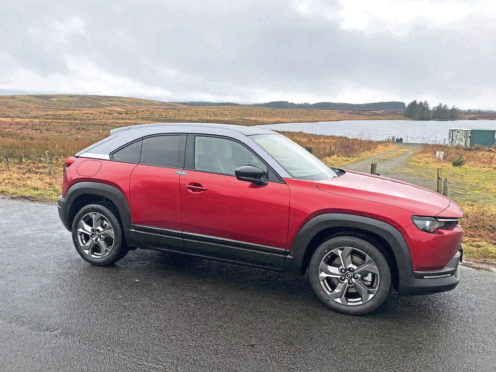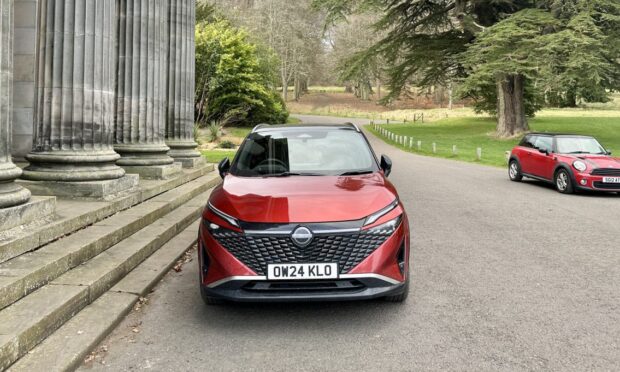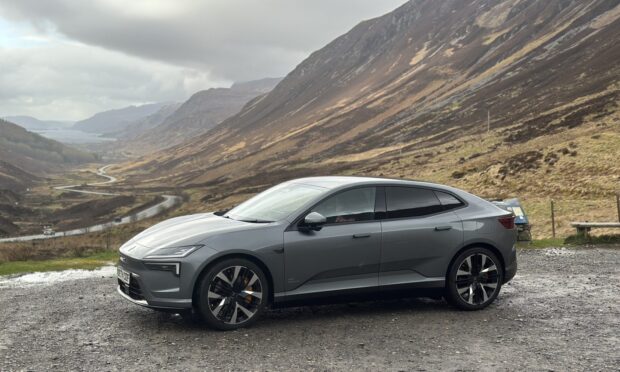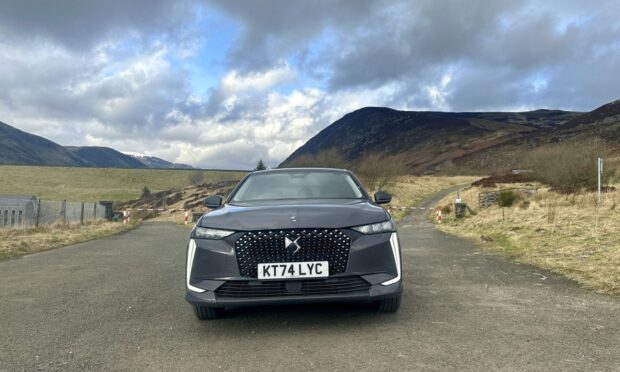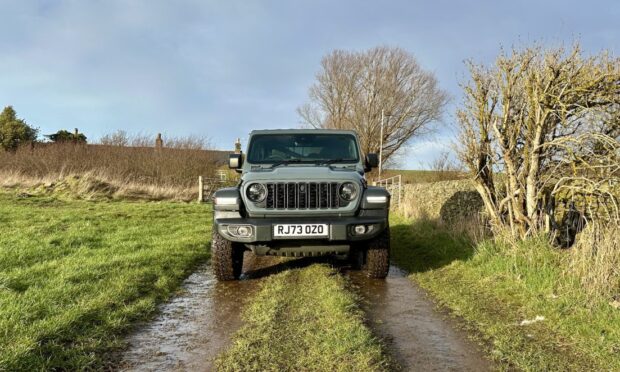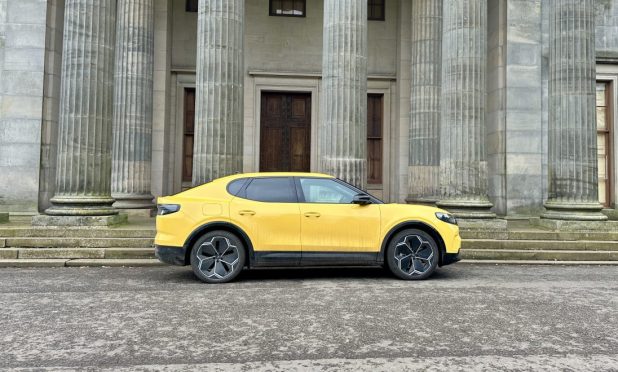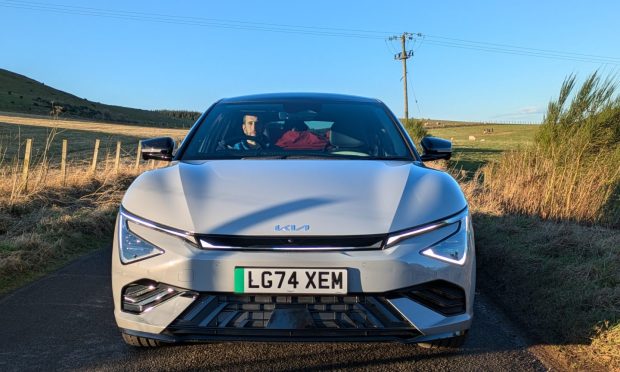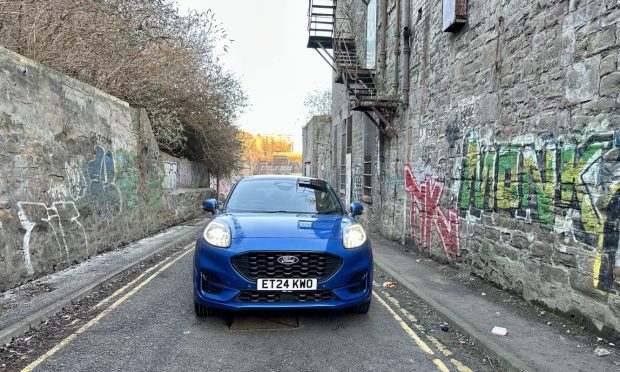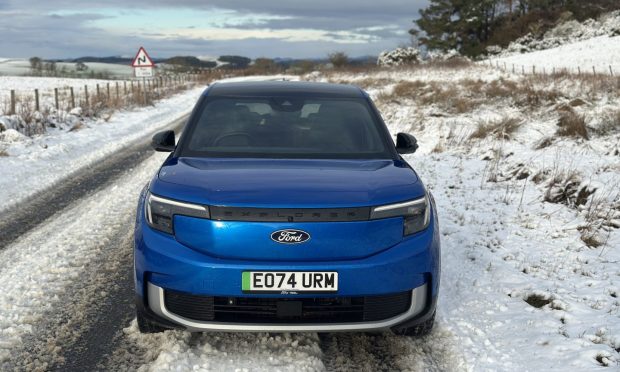The battle for the biggest electric vehicle range has become something of an arms race.
Manufacturers fought to become the first to achieve a 200 mile range, then 250 miles, and a few EVs now even break the 300 mile barrier – on paper at least.
Mazda has chosen not to fight on this territory. Their first EV, the MX-30, has a 124 mile range from its 35.5kWh battery.
That’s enough for 95% of people’s journeys, Mazda reckons. Having a smaller battery also saves weight, making the MX-30 more fun to drive, and makes it more affordable – prices start at £28,490, which is very reasonable for an EV.
I drove a left-hand drive pre-production version in Edinburgh at the tail end of last year. Earlier this week Mazda brought the first right hand drive full production models to Falkirk for a group of Scottish motoring hacks to spend a few hours with.
It’s an exceptionally stylish car, especially in the metallic red my car came with. A slippery, sharp shape is complemented by some trendy design touches such as the reverse-hinged rear doors (the technical term for them is, somewhat morbidly, suicide doors).
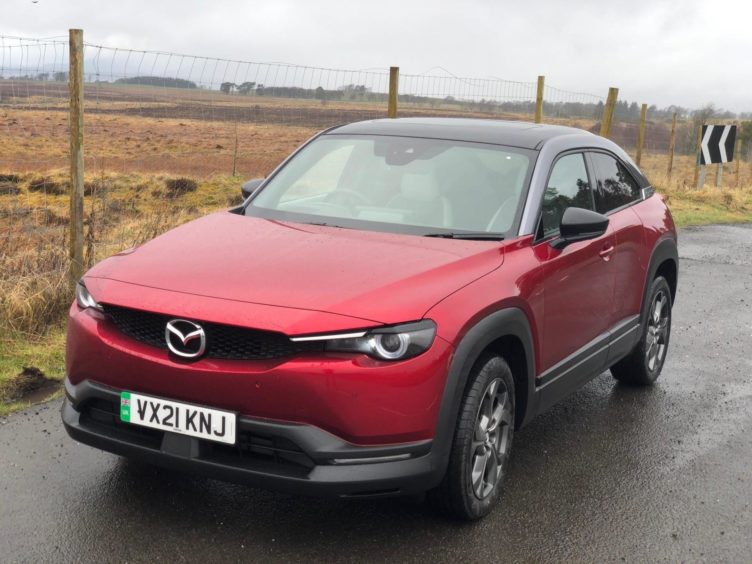
The style continues inside, with clever use of renewable materials such as the cork trim on the centre console, which looks great and provides a grippy surface to stop keys or sunglasses sliding around.
The batteries are located beneath the floor, giving the MX-30 a very low centre of gravity. This contributes to the car’s superb handling.
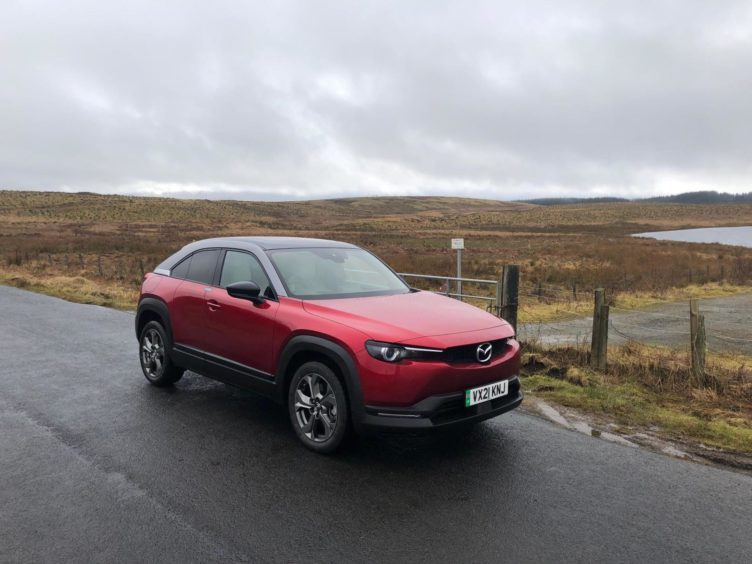
On a fantastic hill route between Falkirk and Stirling it proved itself grippy, agile, and had very little body roll even in hard cornering. Only the MX-5 roadster challenges it for the most fun-to-drive car in Mazda’s line-up. The 0-62mph sprint takes 9.7 seconds, but electric cars don’t need to engage clutches or change gear, instead giving instantaneous power. This makes the Mazda feel at least a couple of seconds quicker in real-world driving.
It’s practical enough too, comparable in size and space to its sibling the CX-3 or Nissan’s Juke.
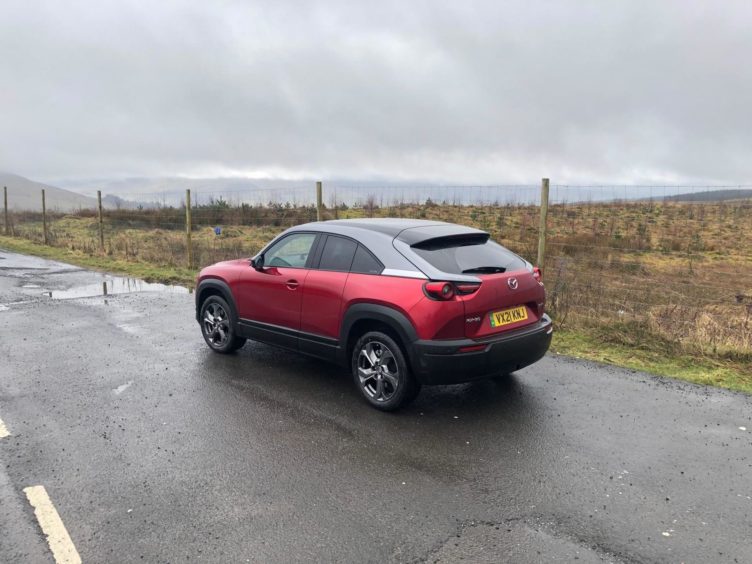
Some may be put off by its modest range – an electric Kia Niro doesn’t cost much more and does 290 miles. But the electric Mazda has range enough for the vast majority of journeys, and a rapid charger means you can top it up quickly. I’m quite sold on it.
